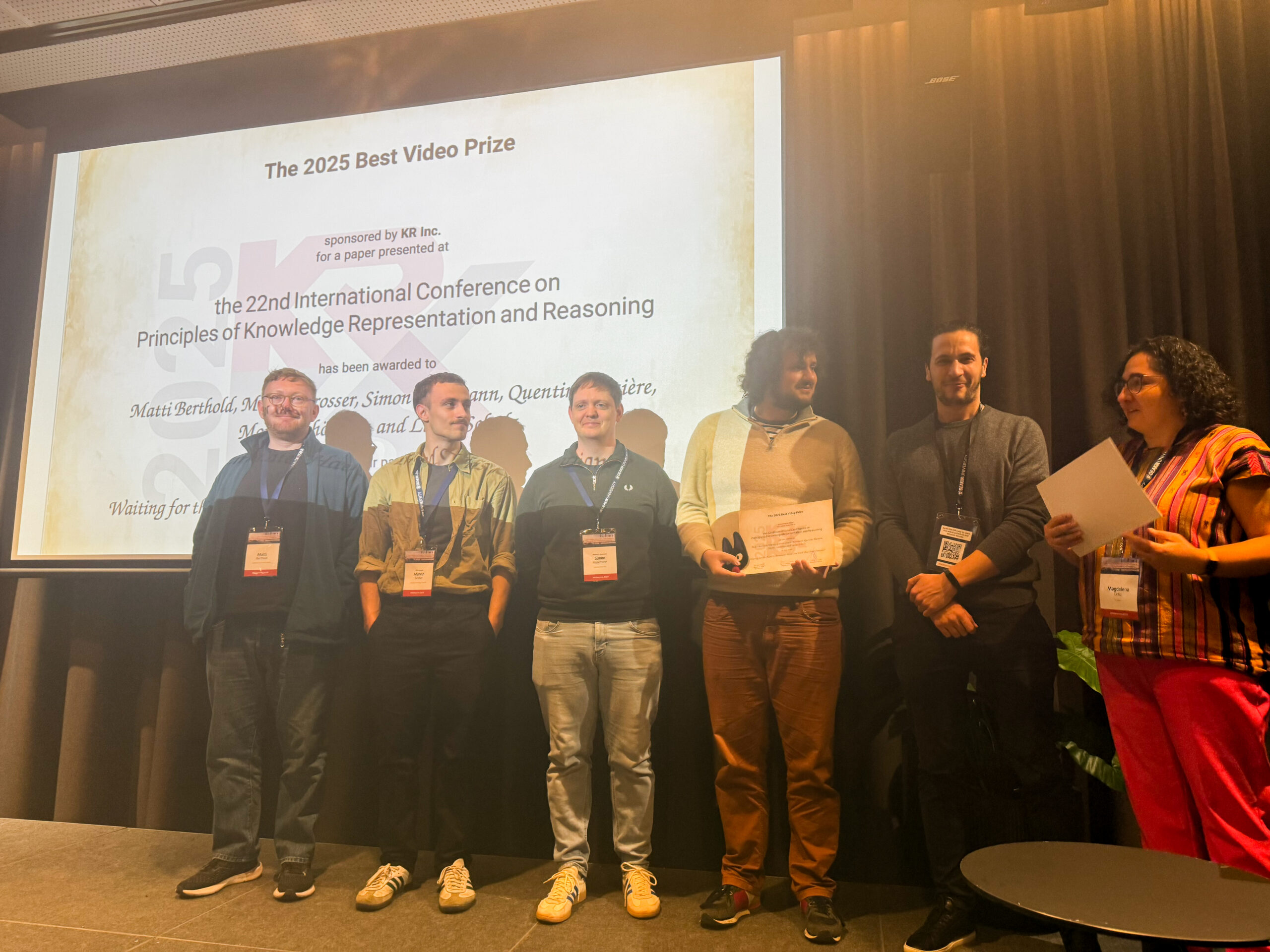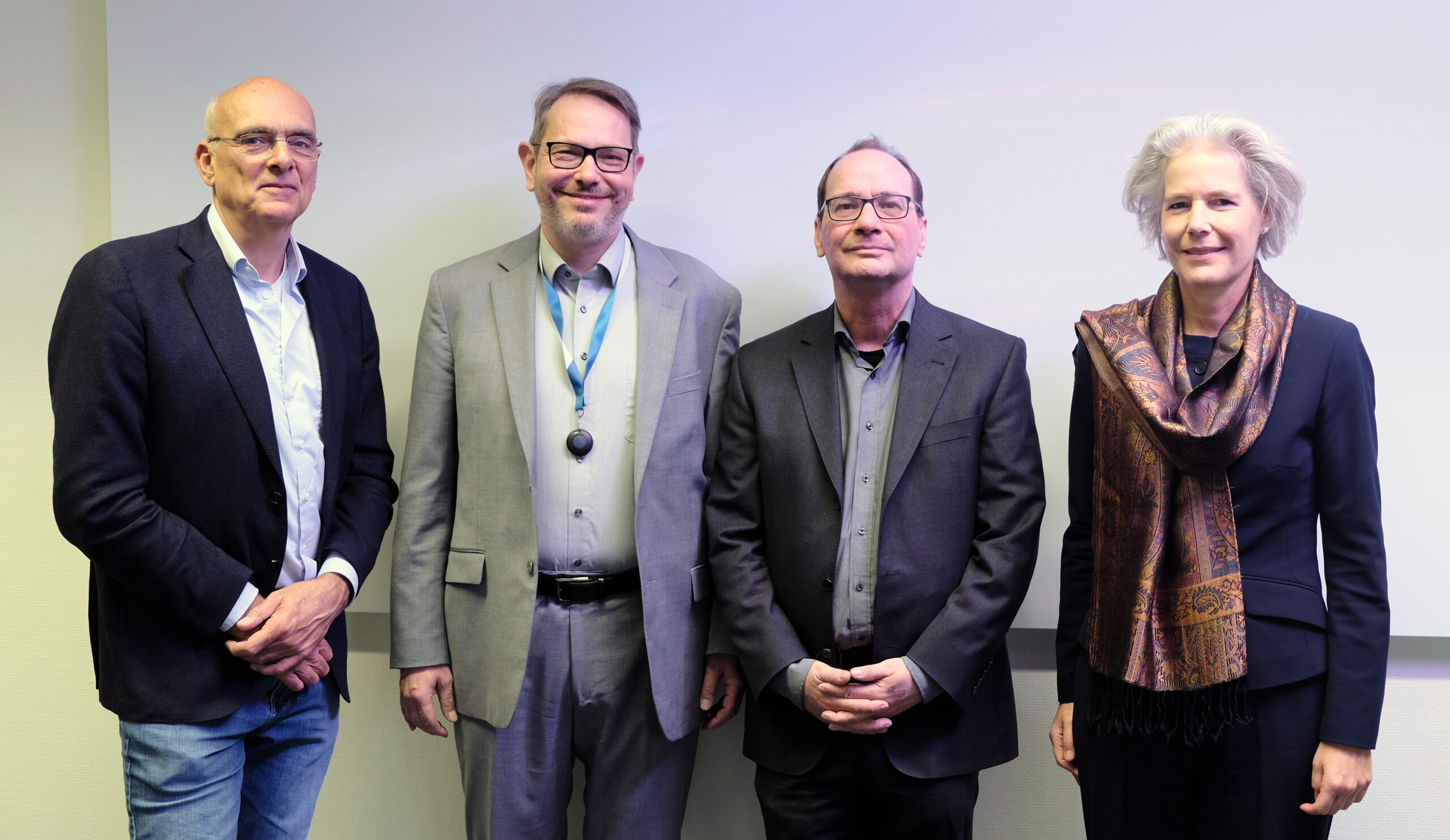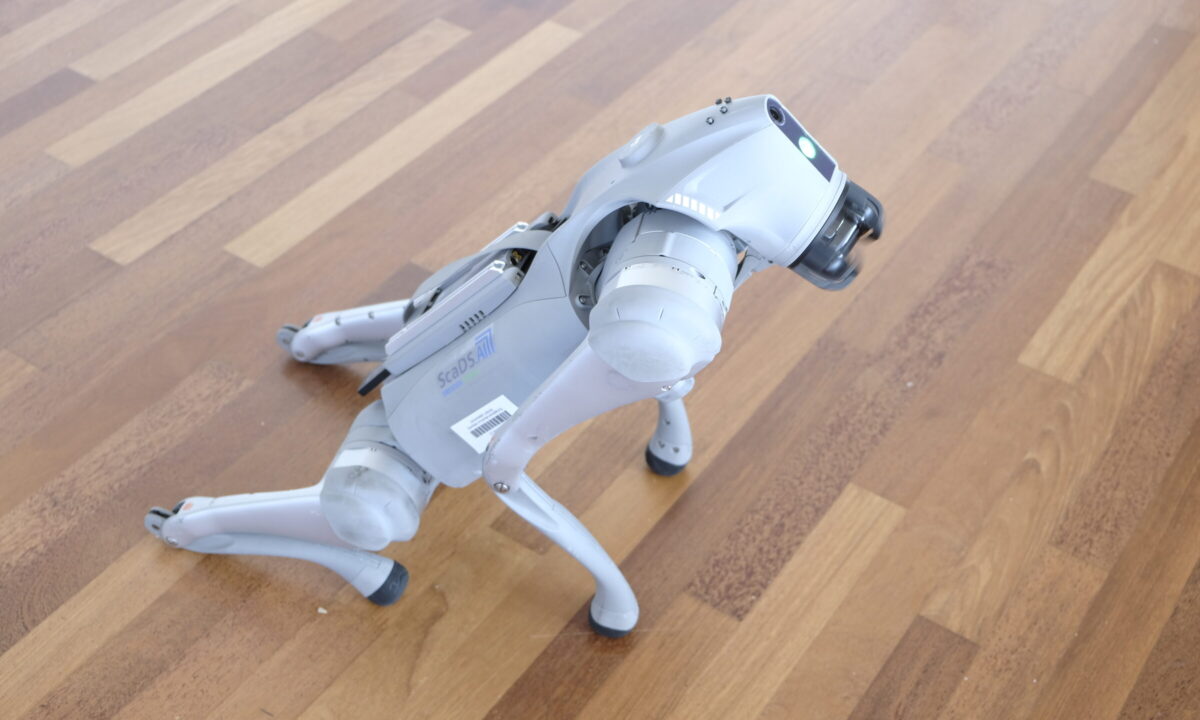
October 2, 2025
Marie Liv Henke’s Internship at ScaDS.AI Dresden/Leipzig

On September 22 – October 3, 2025, Marie Liv Henke, a 9th-grade student at the Bischöfliches Maria-Montessori-Schulzentrum in Leipzig, completed a two-week school internship at ScaDS.AI Dresden /Leipzig. ScaDS.AI is a center for Data Science, Artificial Intelligence (AI), and Big Data. Inspired by her experience at Girls’ Day 2025, Marie applied for an internship. During her stay, she took her first steps in programming, developed a small website with support, and found out, how AI and robotics are used in practice.
First Steps
In the first week, Marie worked with her supervisor Johannes Häfner. She received an introduction to the Python programming language and practiced basic commands and concepts. Python was chosen because it is used for AI applications and is suitable for rapid learning.
She also visited an Python training for beginners in english by Matthias Täschner, where she learned to program in Jupyter Notebook, including basic debugging strategies. Furthermore, she tested several locally hosted AI assistants that can support coding tasks.
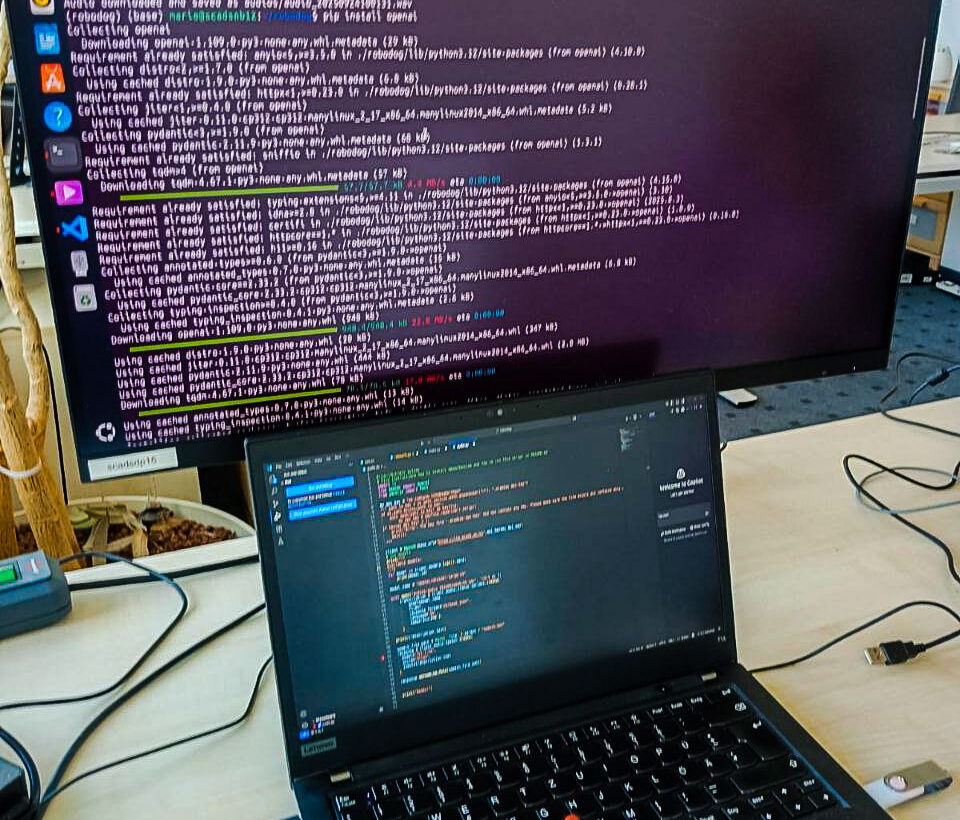
Own Project: Website development
After she got to know the basic knowledge, Marie started her own project: programming a website. With AI support, she progressed quickly and increased her skills step by step.
The website was easy to handle for the user: Users upload a video file or a video link into a chat interface. The website generates a transcript and then enables a conversation with an integrated AI about the video’s content by asking questions. This makes it possible to analyze videos efficiently, for example in school contexts.
Working with AI and Robotics
Marie evaluated different videos, integrated them into AI systems, and compared the results. The AI answered way more detailed. Together with Johannes, she installed and steered a robotic dog and a robotic arm. Both systems consist of joints driven by motors. A small computer controls these motors via motor drivers that supply sufficient energy. The computer sends signals to the drivers, specifying how far, how fast, and in which direction each joint should move. They also built a work surface for the robotic arm. The goal is that in a later project, the robot dog can bring various objects to the arm through a parcours. Such functions could be useful in the future, where robots can take over dangerous or repetitive tasks and serve as assistance for humans for example for waste collection.
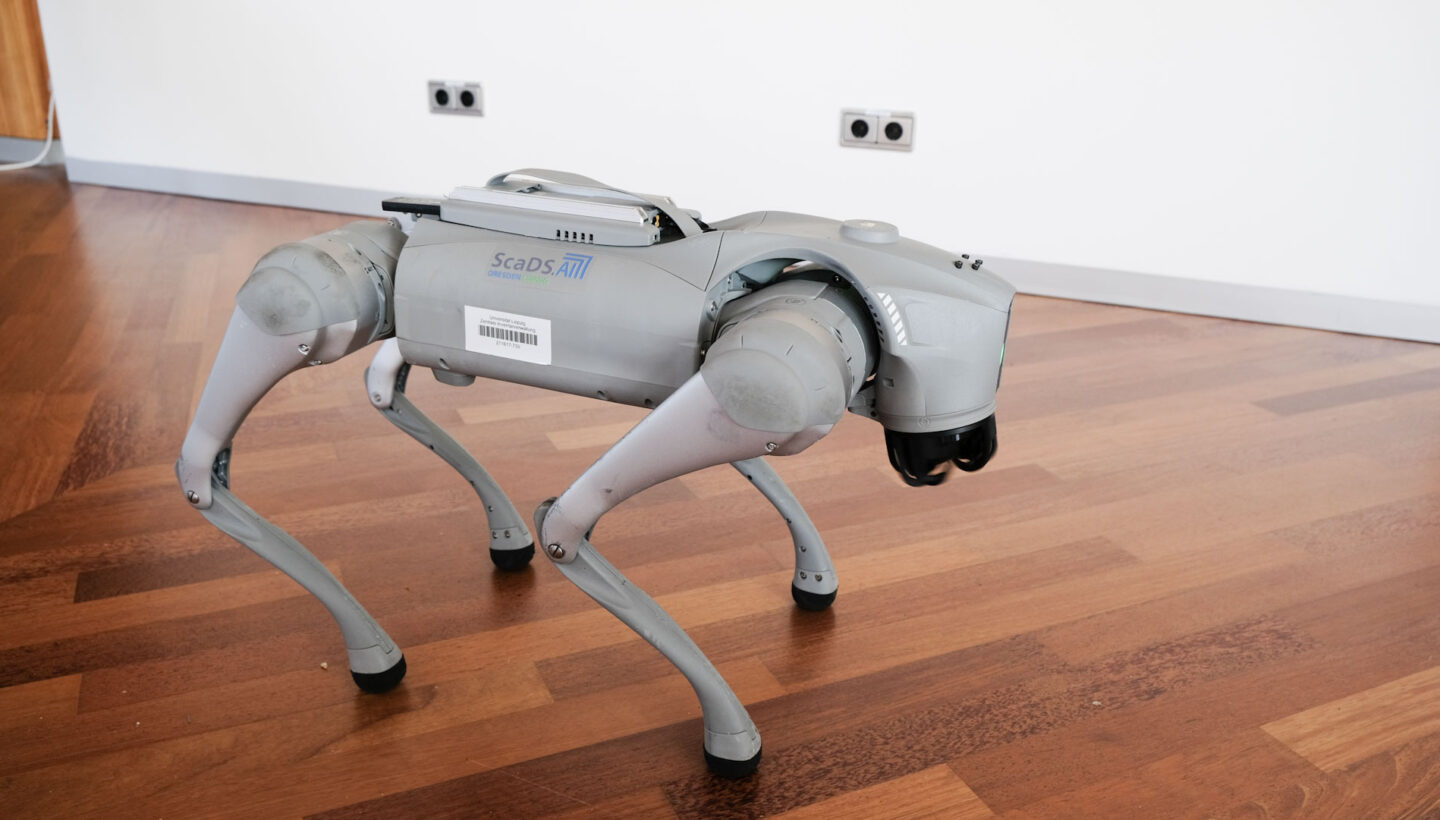
This article was written by Marie Liv Henke as part of her internship at ScaDS.AI Dresden/Leipzig.
Supervision: Johannes Häfner (Science Communication & Transfer; AI Engineer), Jana Bendigs (Science Communication, Public Relations).

